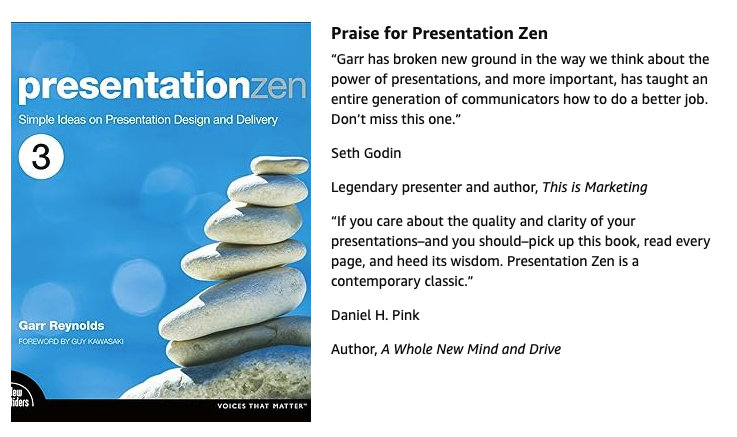Cut the Non-Essential
"You don't need what you don't need"
In his autobiography, Something Like An Autobiography, legendary filmmaker Akira Kurosawa spoke about the editing process and the lessons from his mentor Kajirō Yamamoto. "Yama-san in the editing room," Kurosawa wrote, "was a bona-fide mass murderer." It's difficult for us to dispose of pieces that we worked so hard on, but the value of a bit's worth—whether it's in film or literature or multimedia presentations, or even writing software for that matter—should not be measured merely in terms of the labor we put into it. The only question in measuring its value is: from the point of view of the audience, does it work in support of the story? Below is an excerpt from Kurosawa's autobiography on the difficulty of cutting what you worked so hard to create:
"I even thought on occasion if we were going to cut so much, why did we have to shoot it all in the first place? I, too, had labored painfully to shoot the film, so it was hard for me to scrap my own work." Kurokawa goes on to say, "When you are shooting, of course, you film only what you believe is necessary. But very often you realize only after having shot it that you didn’t need it after all. You don’t need what you don’t need. Yet human nature wants to place value on things in direct proportion to the amount of labor that went into making them. In film editing, this natural inclination is the most dangerous of all attitudes. The art of the cinema has been called an art of time, but time used to no purpose cannot be called anything but wasted time. The most important requirement for editing is objectivity. No matter how much difficulty you had in obtaining a particular shot, the audience will never know. If it is not interesting, it simply isn’t interesting. You may have been full of enthusiasm during the filming of a particular shot, but if that enthusiasm doesn’t show on the screen, you must be objective enough to cut it."
Presentation slide.
Storytelling over technical flash
Akira Kurosawa's filmmaking philosophy offers parallels to the Presentation Zen approach of presentation. Here are just a few points to consider:
Show, don’t tell: This is a common refrain in filmmaking, but we can apply it to presentation. Use clear and large images—including quantitative displays—instead of bullet points when possible, especially on a large stage. The visual should help the audience understand more easily your point, requiring less verbal explanation from you. Sometimes, such as the case with more complicated visuals, you may want to give the audience time to figure out a connection rather than spelling everything out. This makes ideas stick better.
Storytelling over spectacle: While Kurosawa was technically brilliant, his films succeeded because they told compelling stories. His technical mastery served the narrative, not the other way around. In presentations, this means your content and narrative matter more than fancy software effects. Your message is the foundation; your technical skill and design should support it.
Visual Clarity and framing: Kurosawa was meticulous about what appeared in each frame. He didn't clutter the frame with superfluous elements—every object had purpose. In presentations, this mirrors the principle of removing visual noise so your core message is clear. Just as Kurosawa's framing guides the viewer's eye to what matters, your slide design too should direct attention to what is key in a slide.
Powerful use of negative space: Kurosawa often used empty space strategically, allowing characters or objects to breathe within the frame. This creates impact through restraint. Similarly, Presentation Zen advocates for empty space on slides—the emptiness isn't wasted space; it makes what remains more powerful and easier to see, understand, and remember.
Deliberate pacing and silence: Kurosawa understood the power of silence and stillness. He didn't fill every moment with action or sound. In presentations, pauses—moments where you stop talking—can allow an idea to resonate. Some bits of silence and pauses are more impactful than constant rapid-fire chatter. Don't feel pressured to fill silence. For example, consider showing a slide or making an important point, then stop talking for a few seconds to let people absorb and think about the message.
Build complexity gradually: In filmmaking, a complex story builds in pieces and moves the narrative forward, keeping the audience curious and engaged. In presentations, be careful not dump everything on one slide. Introduce ideas one at a time, building your argument step by step. This makes complex ideas digestible and more memorable.
Speak with authenticity: Your genuine delivery matters more than perfect slides (although the visuals are important). Make eye contact with your audience, speak naturally, and show you actually care about your message and about your audience. In the end, technical polish is less important than accurate, well-researched content and a genuine connection with the audience.


